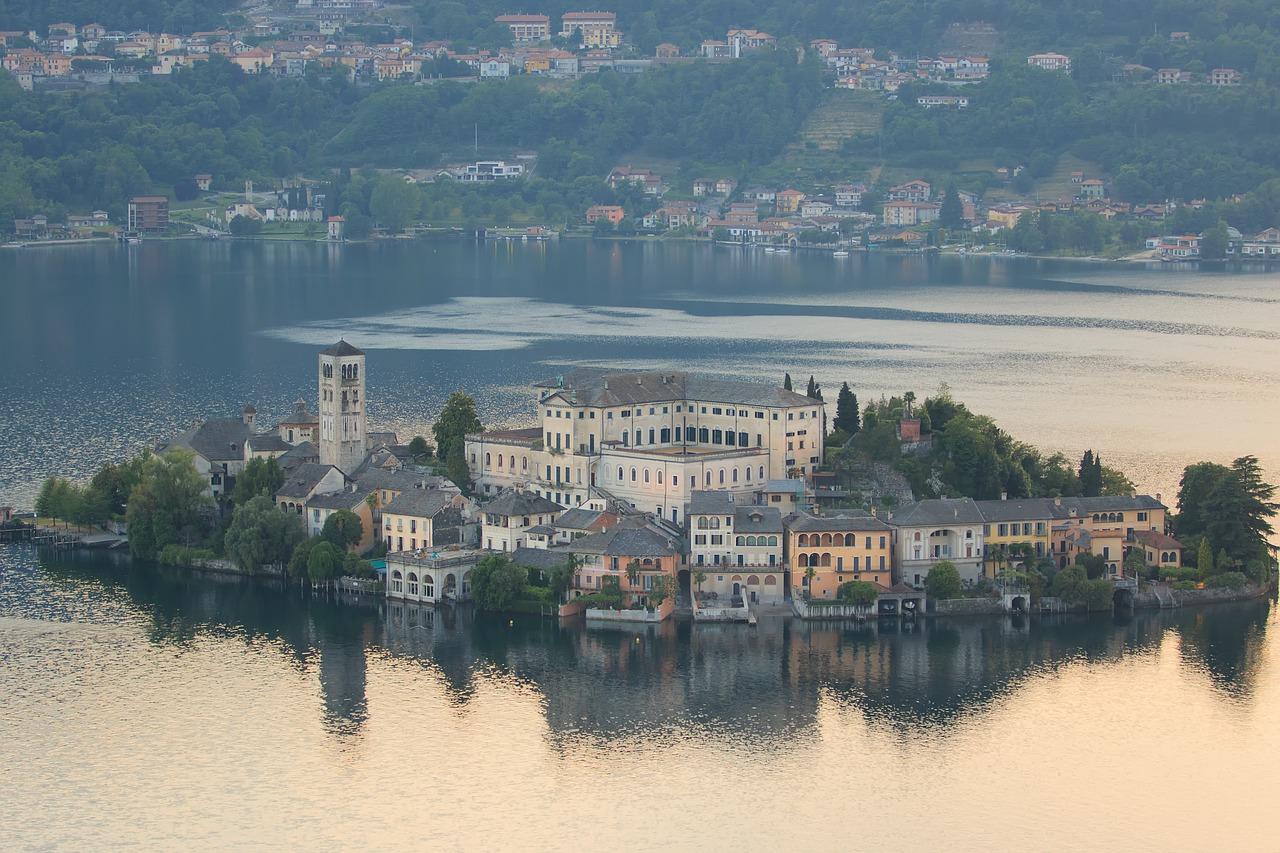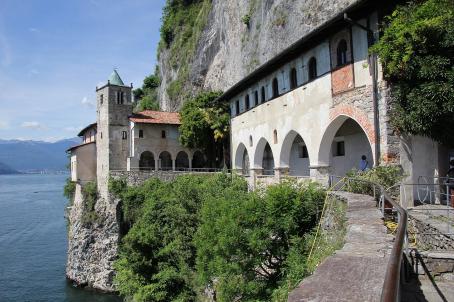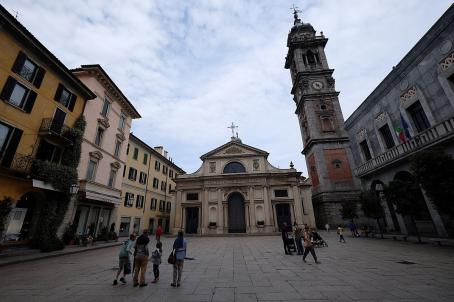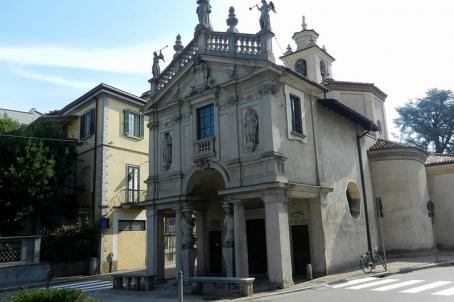Basilica di San Giulio, Lake Orta

Little is known about the origins of the Basilica of St. Giulio. Recent excavations, however, have shown that a building was already there in the 4th and 5th centuries. The site is supposedly the place of death of Julius of Novara (Gulio di Orta), a missionary priest who converted northern Italy. Among other buildings on the island, the church, due to its antiquity, displays an interesting mix of styles ranging from Romanesque to Baroque.





